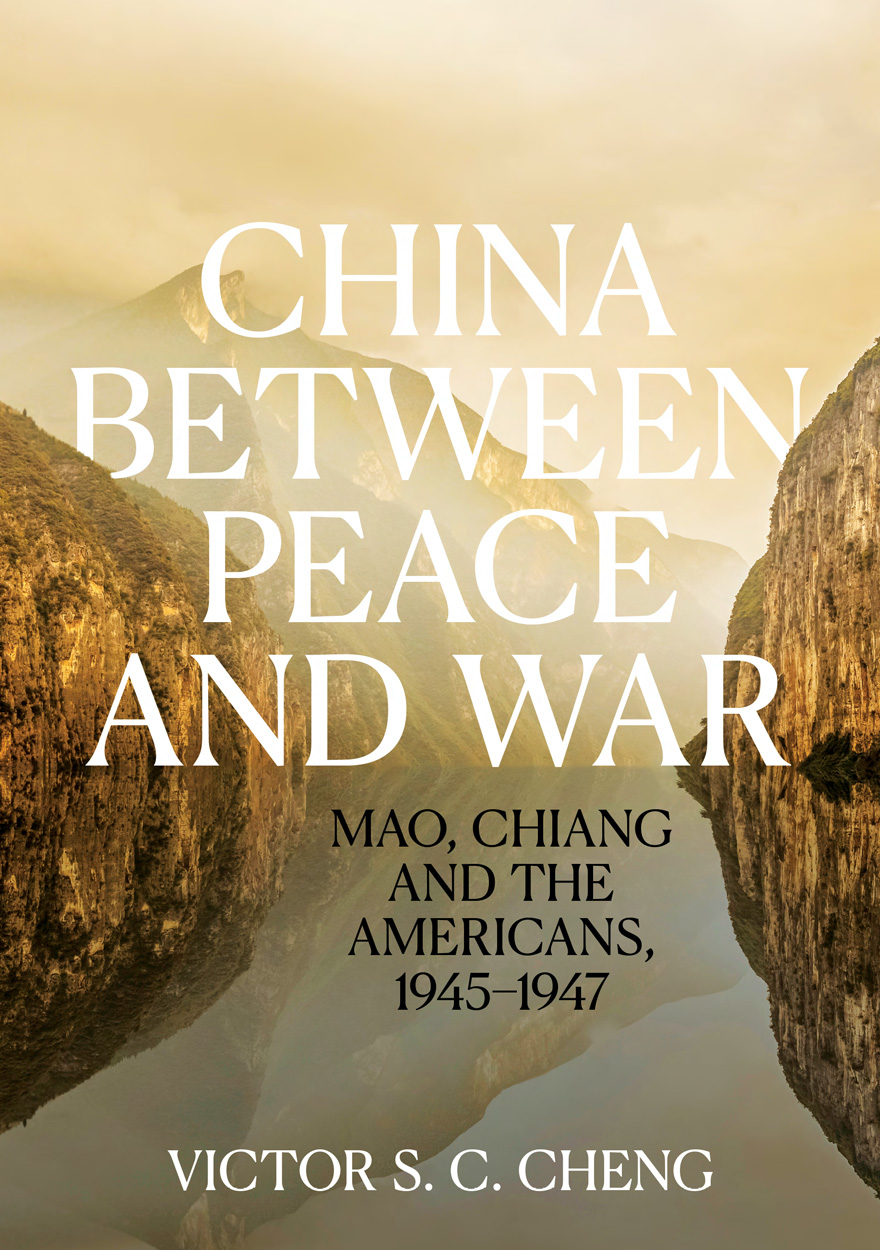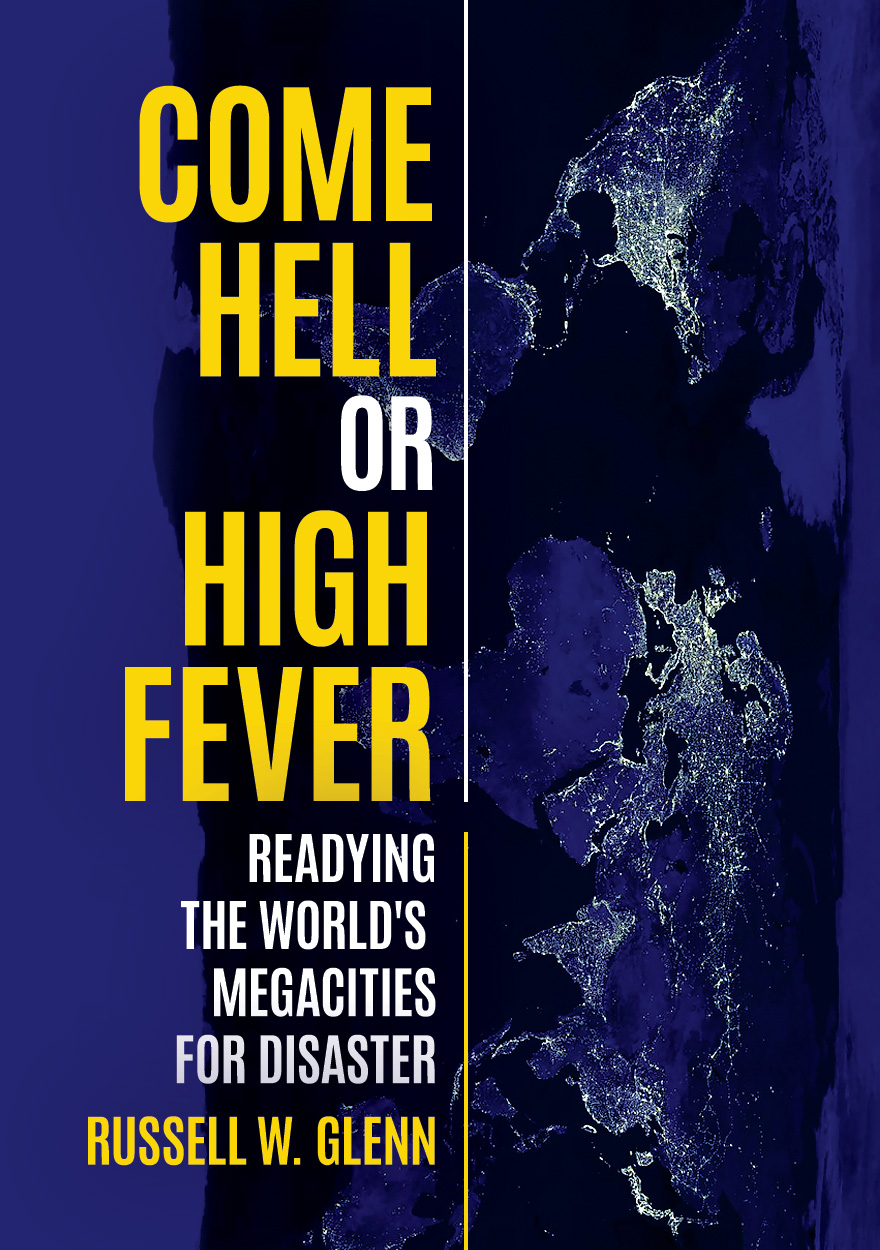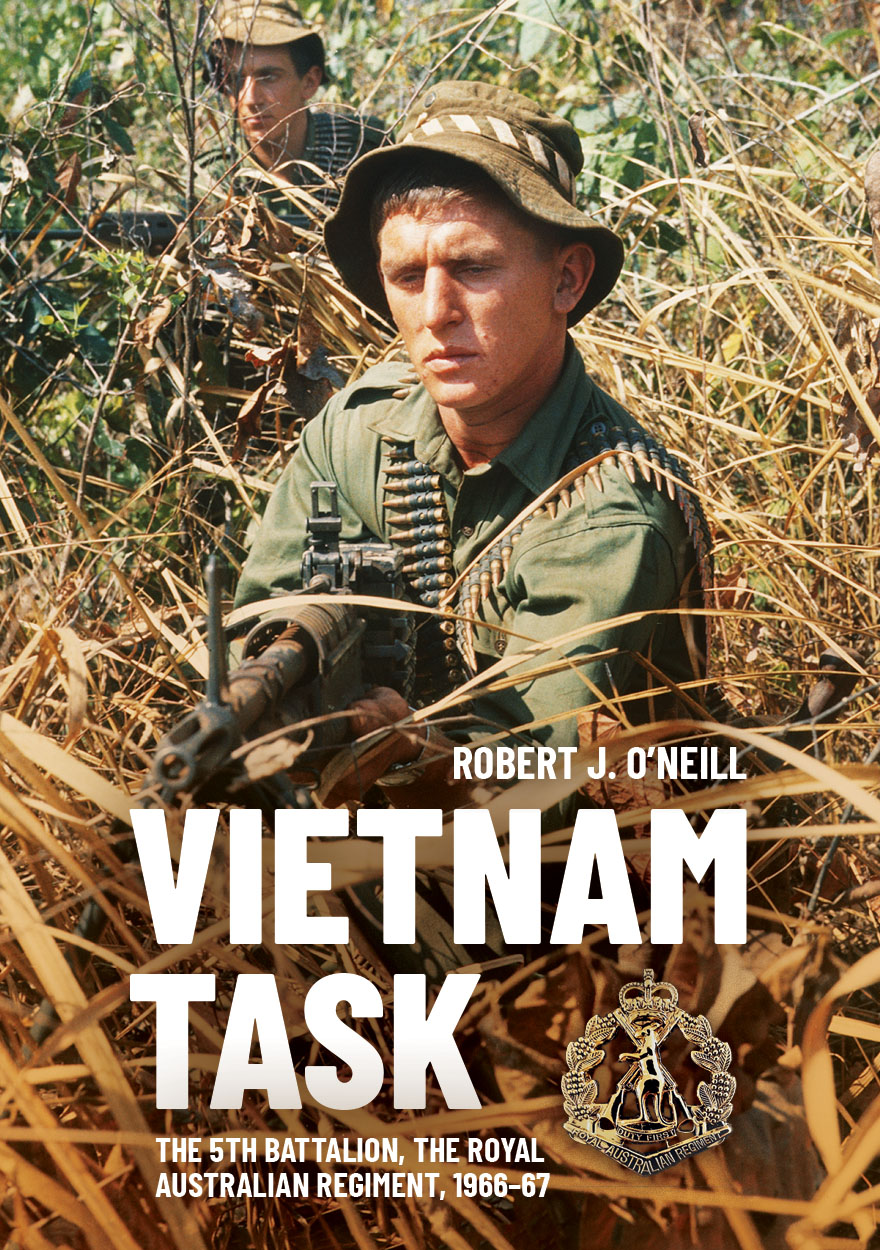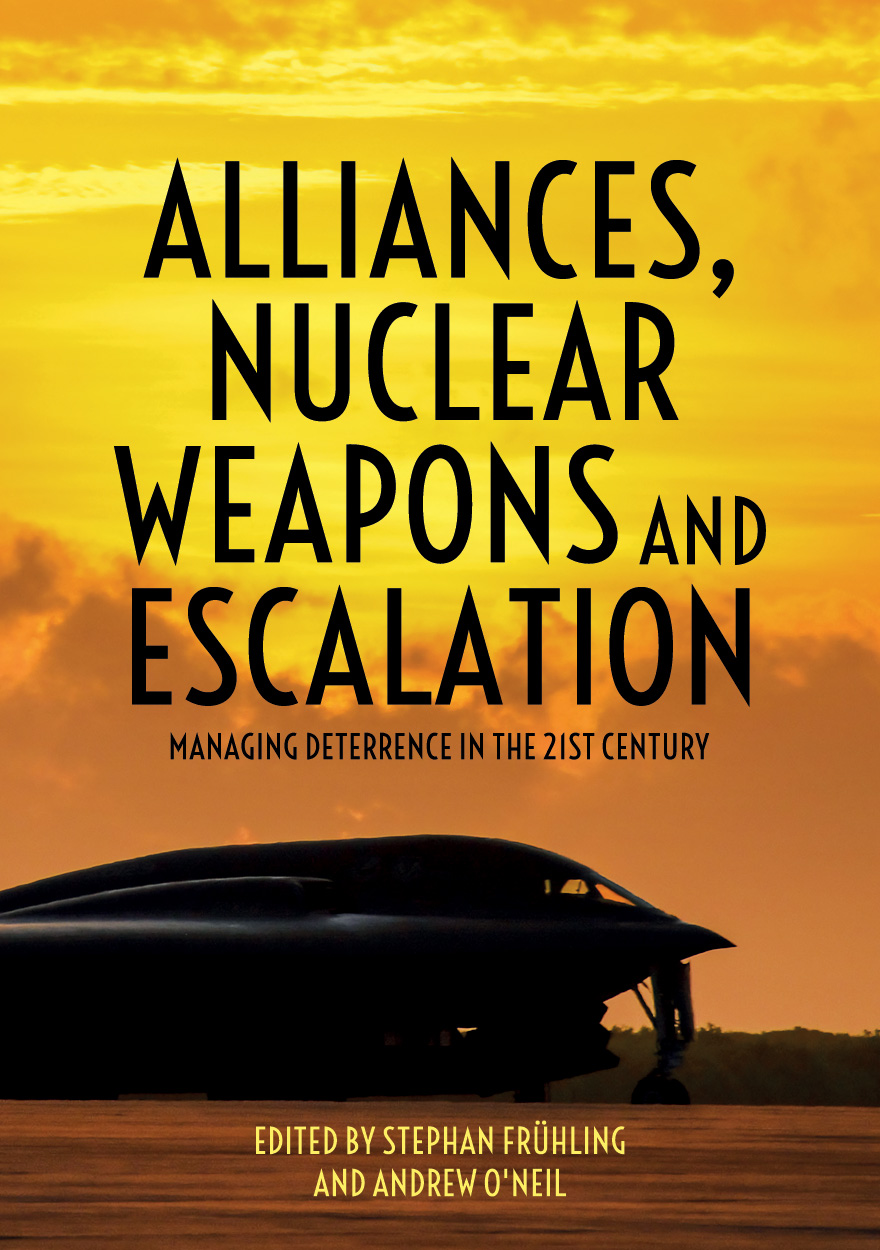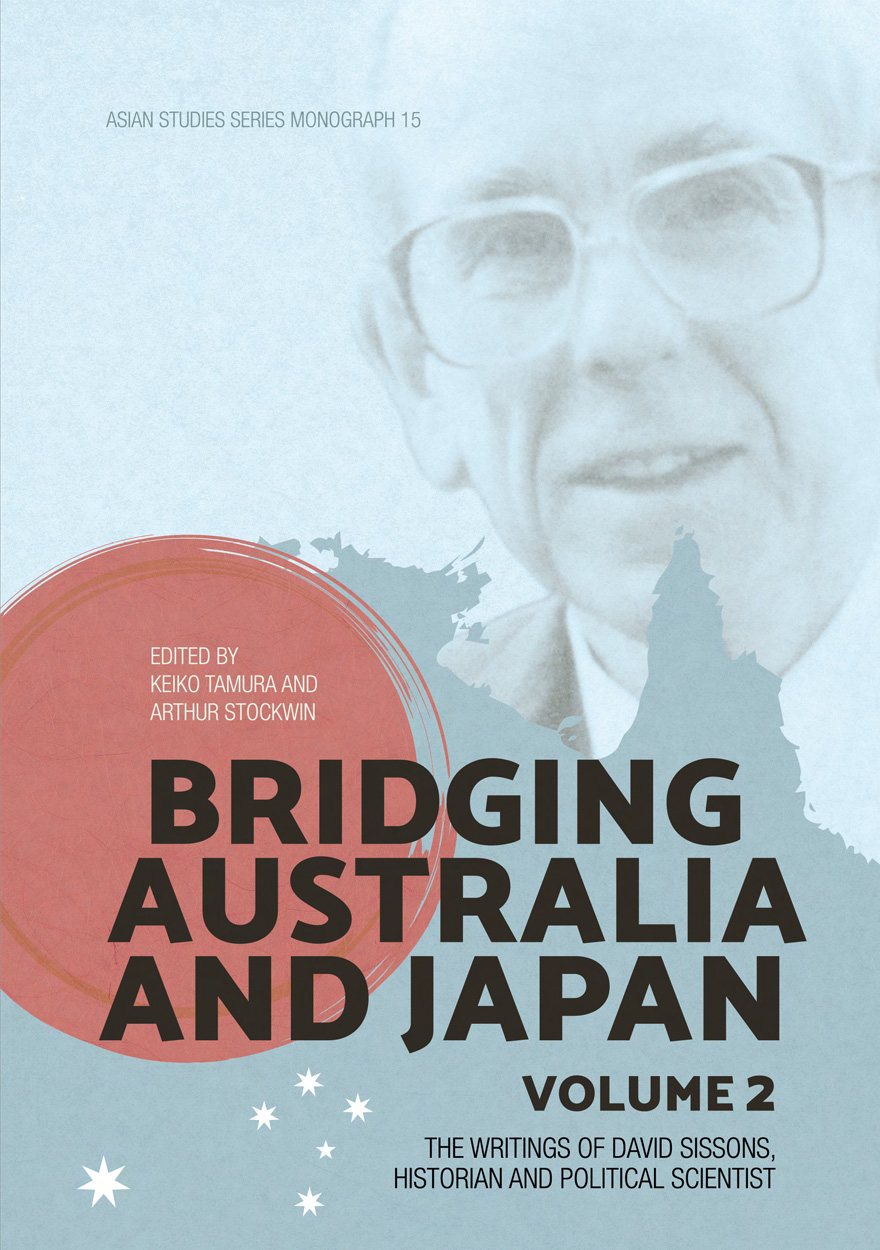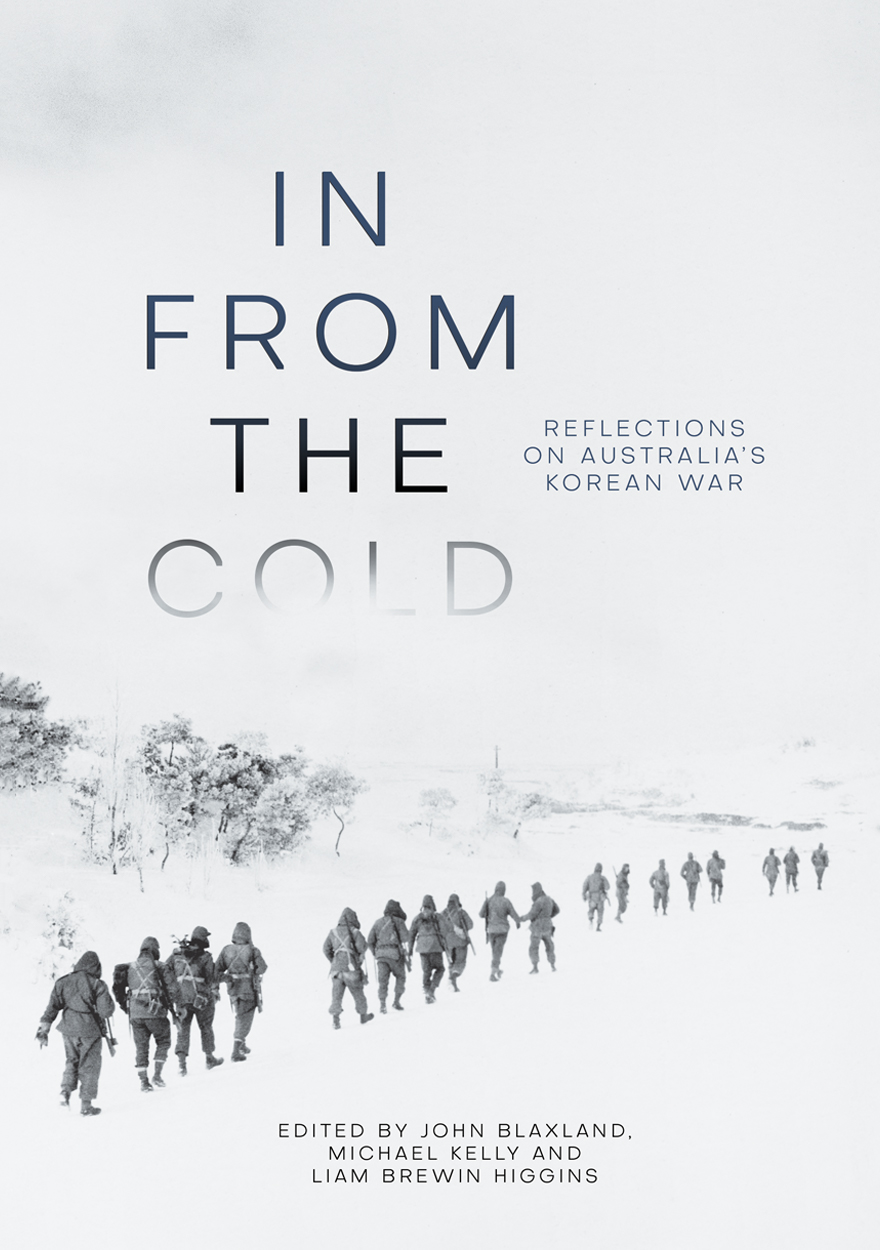
Cascades of Violence
War, Crime and Peacebuilding Across South Asia
Authored by: John BraithwaitePlease read Conditions of use before downloading the formats.
Description
War and crime are cascade phenomena. War cascades across space and time to more war; crime to more crime; crime cascades to war; and war to crime. As a result, war and crime become complex phenomena. That does not mean we cannot understand how to prevent crime and war simultaneously. This book shows, for example, how a cascade analysis leads to an understanding of how refugee camps are nodes of both targeted attack and targeted recruitment into violence. Hence, humanitarian prevention also must target such nodes of risk. This book shows how nonviolence and nondomination can also be made to cascade, shunting cascades of violence into reverse. Complexity theory implies a conclusion that the pursuit of strategies for preventing crime and war is less important than understanding meta strategies. These are meta strategies for how to sequence and escalate many redundant prevention strategies. These themes were explored across seven South Asian societies during eight years of fieldwork.
Details
- ISBN (print):
- 9781760461898
- ISBN (online):
- 9781760461904
- Publication date:
- Feb 2018
- Imprint:
- ANU Press
- DOI:
- http://doi.org/10.22459/CV.02.2018
- Series:
- Peacebuilding Compared
- Disciplines:
- Social Sciences: Military & Defence Studies, Politics & International Studies
- Countries:
- South Asia: Bangladesh, India, Pakistan, Sri Lanka
PDF Chapters
Please read Conditions of use before downloading the formats.
- Endorsements (PDF, 0.1MB)
- Preliminary pages (PDF, 0.3MB)
- Boxes and tables (PDF, 0.1MB)
- Figures, maps and plates (PDF, 0.1MB)
- Abbreviations (PDF, 0.1MB)
- Foreign terms (PDF, 0.1MB)
- Preface (PDF, 0.1MB)
Part I: Cascades on a broad canvas
- Introduction: Cascades of war and crime (PDF, 0.9MB)
- Transnational cascades (PDF, 2.4MB)
- Towards a micro–macro understanding of cascades (PDF, 0.8MB)
- Cascades of domination (PDF, 1.3MB)
Part II: South Asian cascades
- Recognising cascades in India and Kashmir (PDF, 1.9MB)
- Mapping conflicts in Pakistan: State in turmoil (PDF, 1.1MB)
- Macro to micro cascades: Bangladesh (PDF, 1.4MB)
- Crime–war in Sri Lanka (PDF, 1.0MB)
- Cascades to peripheries of South Asia (PDF, 1.9MB)
Part III: Refining understanding of cascades
Reviews
‘Read as a critical appraisal of the cascading patterns of violence this book would be a valuable addition to any peacebuilder’s toolkit.’
–Jeremy Rinker, International Journal on World Peace Vol. XXXVII No. 1 March 2020
Cascades of Violence is one of the few books that all at once constructs a sophisticated and innovative theoretical framework, relies on a wealth of primary material, and presents extraordinary comparative breadth and depth. It will be of great value to students and scholars of violence.
– Séverine Autesserre, Barnard College, Columbia University, author of Peaceland and The Trouble with the Congo
This book can be a key text not only for academics but also policymakers and practitioners to understand the complex dynamics of peacebuilding, crime and nonviolence in South Asia. The authors have powerfully articulated both the macro contexts of the causes of crime and conflict, and the lived experiences of marginalised peoples such as the indigenous, minorities and tribal communities of South Asia.
– Sara Hossain, Human Rights Lawyer, Bangladesh; Member, International Chittagong Hill Tracts Commission; editor of ‘Honour’: Crimes, Paradigms, and Violence against Women (with Lynn Welchman)
Braithwaite and D’Costa’s metaphor of violence cascades is the starting point for a landmark analysis of complex reciprocal relationships between war and crime. Years of exhaustive fieldwork across seven South Asian societies form the foundation for the authors’ powerful insights into war, crime and the interconnected humanitarian efforts at their prevention. This book’s remarkable formulation and analysis of 10 provocative propositions yields hopeful lessons that illuminate new pathways to the reduction of war and crime. Yet as thorough and comprehensive as this classic volume may be, its greatest gift is as a starting point for a new generation of scholarship targeting the complex, changing and still insufficiently understood worlds of war and crime. Responding to a world overwhelmed by inhumanity and atrocity, this book persuasively provides guideposts for reversal and restoration, a world of more peaceful possibilities grounded in social science and law.
– John Hagan, Northwestern University and American Bar Foundation, author of Darfur and the Crime of Genocide (with Wenona Rymond-Richmond)
Lovers of peace should read this book. It is a treasure trove explaining cascades of peace in South Asia. One special treasure is the way it explains how indigenous conflict resolution systems of South Asia—for example, the Jirga of Afghanistan and Pakistan—if understood and used properly by the powers, could bring peace to Afghanistan. Similarly, if local wisdom and ground realities had been promoted in Kashmir, this could have saved South Asia bloodshed which has been its lot for 70 years. With peace in Kashmir, South Asia today could be an oasis of peace, instead of the string of violent hot spots this book documents. Peace was possible in Kashmir if only the nonviolent movements had been nourished which sprung from the soil of South Asia, one being the Servants of God, led by Abdul Ghaffar Khan (1890–1988) in Khyber Pakhtunkhwa, another the nonviolent movement led by Gandhi. This insightful book explains how we can learn from the history of South Asia to make the world a more peaceful and interconnected place.
– Ali Gohar, Just Peace Initiatives
Other publications that may interest you




